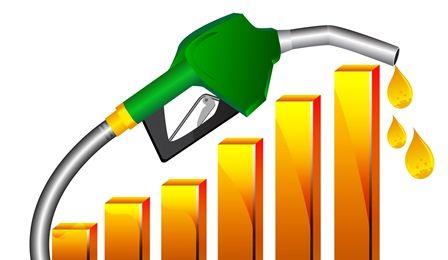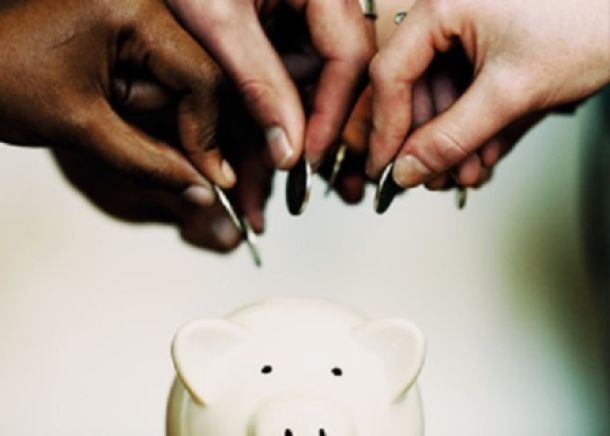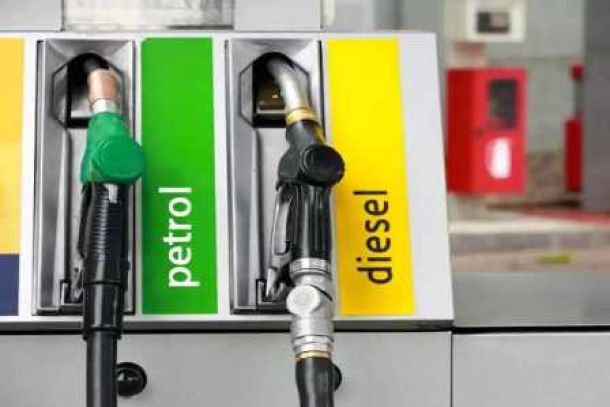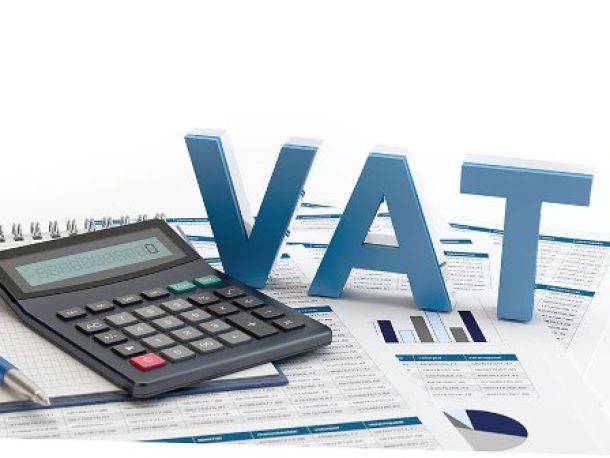
Bleak outlook for petrol prices for the rest of 2023
Early indications are the South African motorists will have to contend with another massive petrol and diesel price hike in October – but the outlook for November and December is also bleak, mainly due to international oil supplies and a struggling rand.
South African motorists are now paying almost R25 per litre to fill up their cars from today (6 September), with the cost of diesel and petrol climbing by around R1.71 and R2.84 per litre, respectively.
Fuel prices have increased significantly since the start of the year, with petrol prices rising by 14.6%. Diesel, meanwhile, has increased by 8.7% despite consecutive cuts in the first half of 2023.
As of September, inland 95 octane petrol costs R24.54/l, while at the coast, it costs R23.82/l, factoring in the slate levy and other expenses. Diesel was hiked by between R2.76 and R2.84 a litre.
South Africa’s diesel price climbed by the most in three years, spurred by higher international fuel costs and a slump in the rand, while petrol increased by the most in 14 months.
According to the Central Energy Fund (CEF) data, higher international oil prices contribute between 80% and 88% to the increases, with the weaker rand/dollar exchange rate contributing the rest.
Crude Oil
The expected increases in fuel are driven mainly by higher international oil prices, which have risen due to slow demand and decreased output.
Reuters reported that Saudi Arabia and Russia announced they would extend their additional voluntary production cuts in crude oil – 1 million barrels per day and 0.3 million barrels per day, respectively – until the end of December 2023.
This will keep the oil supply tight and prices high for global markets, including South Africa.
Analysts from Standard Chartered now expect the international Brent price to average $88 per barrel in the third quarter of this year, $93 per barrel in the fourth quarter, and $92 per barrel in the first quarter of 2024 – meaning there’s little hope for price relief at the pumps for South Africans for the rest of the year.
As of 12 September, Brent crude oil was trading at $91.19 a barrel.
The rand
Currently, the rand is trading at R18.93 to the dollar – far above the R17.85 recorded on 31 July 2023.
According to Investec chief economist Annabel Bishop, concerns over the global economic outlook, especially from a small open commodity exporting country such as South Africa, has subsequently had a much more profound negative impact on the local unit – as does higher levels of risk aversion in global financial markets.
Economists at Nedbank noted that the rand’s weakness mainly reflects the impact of a stronger US dollar, which continues to drift higher, while local factors are also at play.
“While the US dollar has been generally softer since the start of this year, with investors anticipating the end of the US rate hiking cycle as inflation eases, some uncertainties surrounding the peak in US policy rates and growing hopes of a soft-landing in the US economy appear to be supporting the greenback in recent weeks,” it said.
Domestically, political uncertainty, low economic output due to intensified load shedding, the country’s precarious fiscal position, and disappearing trade surplus further added to the downside.
Bishop noted that the baseline expectation is for the rand to persist somewhere between R17.60 and above by year-end. However, the risks to the rand remain squarely on the downside, with the currency more likely (43% chance) to head towards the R20.50 to the dollar point by the end of the year.
Looking to next month, the early petrol and diesel projections from the CEF already paint a dire picture for October 2023 for South Africa’s motorists, resulting from the prospects of the rand and international oil supplies.
If these market conditions were to remain consistent for the remainder of the month – an unlikely scenario with the rand/dollar exchange rate ever fluctuating and the oil price changing – an increase of R1.22 is expected for petrol 93 octane motorists and an increase of R1.28 for 95 users.
Meanwhile, diesel motorists would see around a R2.08 to R2.22 per litre increase.
“If both of these factors – the strengthening of the rand and an increase in crude oil output – don’t improve, the outlook for petrol and diesel prices for South Africa will be bleak for the remainder of 2023,” said the Automobile Association of South Africa (AA).
News Category
- International retailers
- On the move
- Awards and achievements
- Legislation
- Wine and liquor
- Africa
- Going green
- Supplier news
- Research tools
- Retailer trading results
- Supply chain
- Innovation and technology
- Economic factors
- Crime and security
- Store Openings
- Marketing and Promotions
- Social Responsibility
- Brand Press Office
Related Articles

Empowering South African households through gro...

SPAR shares practical tips to beat food inflation

South African motorists could be paying up to R...

Big VAT changes on the cards


